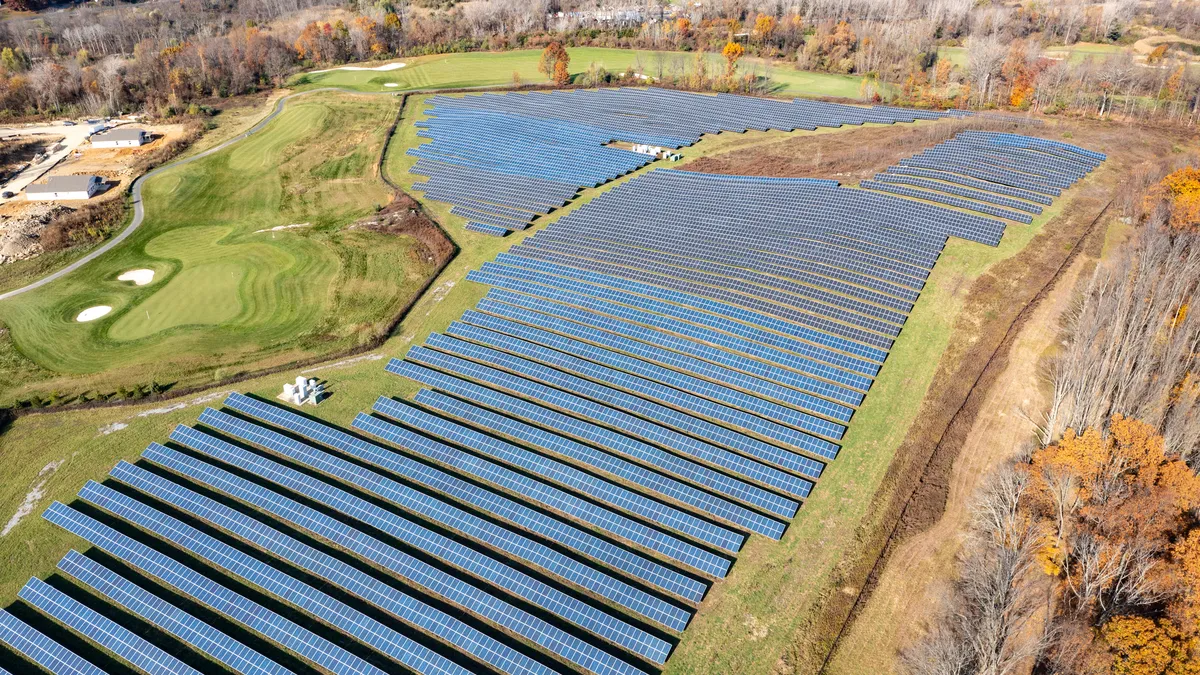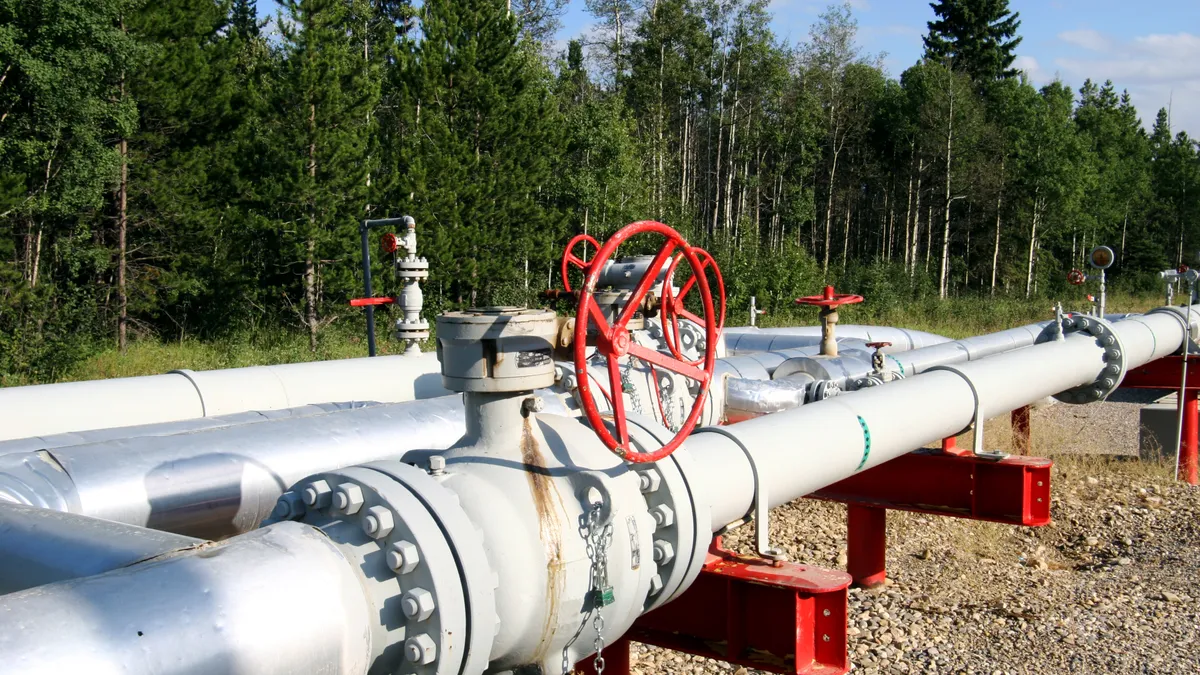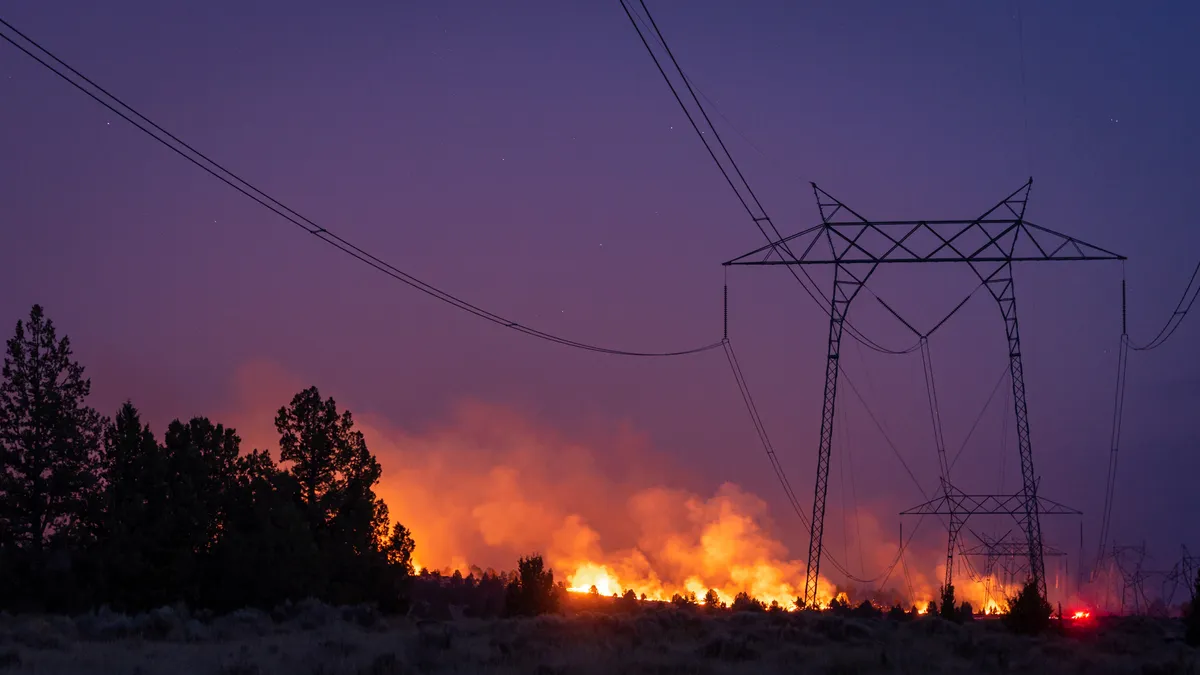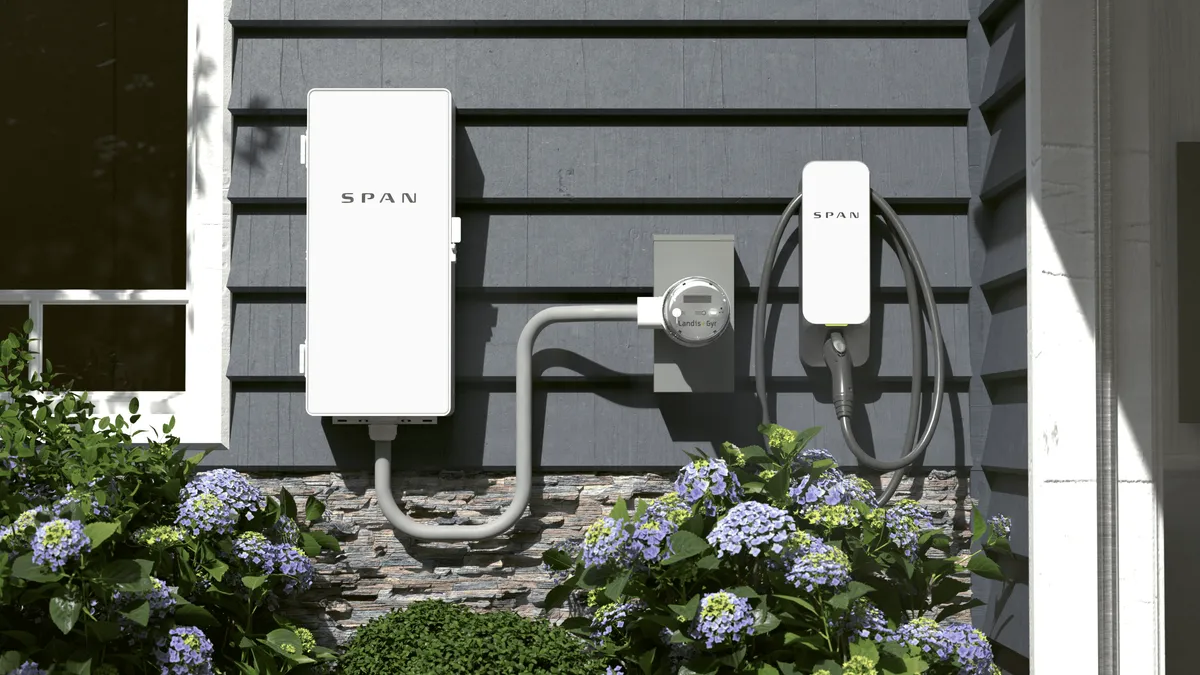Public Service Enterprise Group took steps in the second quarter — like selling its stake in an offshore wind project — that will increase the predictability of its business, Ralph LaRossa, PSEG chair, president and CEO, said Tuesday during an earnings conference call.
The company in May sold its 25% equity interest in Ocean Wind I, a 1.1-GW offshore wind project, to Ørsted, recovering the company’s investment in the project, according to LaRossa.
“We entered. We took a hard look at that [offshore] opportunity, and we exited in a way that ... we were able to keep our heads up financially, policy-wise and with the labor workforce in the state of New Jersey,” he said.
Also in the quarter, PSEG Power sold its 50% ownership interest in the 208-MW, combined cycle Kalaeloa power plant in Hawai’i, PSEG said in its quarterly report with the Securities and Exchange Commission. The sale proceeds approximated PSEG Power's carrying value of the investment so no material gain or loss was recognized on the sale, the Newark, New Jersey-based company said.
“2023 continues to be a year of risk mitigation and quiet execution for [PSEG],” Guggenheim analyst Shahriar Pourreza said in a client note. “New energy efficiency, building electrification, and other [New Jersey Bureau of Public Utilities] policy agenda items could provide cushion for maintaining spending needs and, in our view, keep the overall earnings trajectory for [the company] in the top half of guidance over the long term.”
PSEG expects to spend $3.5 billion, a record, this year on capital investments as part of its $16.3 billion to $18.9 billion, five-year capital expenditure program, according to LaRossa. Utility spending is focused on upgrading aging distribution infrastructure, “last mile” support for electric vehicles and building electrification, climate mitigation and clean energy investments, he said.
“Alignment with public policy, especially in the state of New Jersey, is really important,” LaRossa said.
With the planned spending, Public Service Electric & Gas expects its rate base will grow 6% to 7.5% a year from year-end 2022 to year-end 2027.
PSE&G’s rates compare well to regional and national peers, and New Jersey’s electric and gas rates are relatively low, according to LaRossa.
“The rate increases for the entire state — I'm not just talking about us, but for the entire state — have really stayed below inflation rates,” LaRossa said. “And with all the work that we're doing to electrify homes, electrify transportation and clean up the grid, it has really proved out in New Jersey that we can, if you do it right, you can do it in an affordable way.”
Energy efficiency ‘upside’
Looking ahead, PSEG sees “upside” in energy efficiency based on an order issued last week by the BPU, according to LaRossa. The decision sets up a framework for a three-year cycle of efficiency programs starting next year. They have a goal of reducing electricity use by 2% and gas use by 0.75% within five years. The framework includes an incentive mechanism to spur utilities to exceed the targets, and a focus on building electrification and the installation of heat pumps.
In May, the BPU approved a $280 million nine-month extension of PSE&G’s efficiency program to sync it up with the next program cycle.
In an effort to encourage energy efficiency, in New Jersey, a utility’s revenue is shielded from changes in sales through a “conservation incentive program.”
PSE&G’s electric sales fell 7% in the second quarter to 8.8 million MWh from the year-ago period. Its residential sales dropped 11% to 2.8 million MWh and commercial and industrial sales declined 5% to 5.9 million MWh in the quarter from the same period in 2022. Total sales fell 5% in the first half to 18.3 million MWh.
On the financial front, PSEG’s second quarter income jumped to $591 million, or $1.18/share, up from $131 million, or 26 cents/share, in the year-ago period.
Not counting one-time factors, PSEG’s second quarter income increased to $351 million, or 70 cents/share, from $320 million, or 64 cents/share, a year ago. Its revenue grew to $2.4 billion in the second quarter, up from $2.1 billion in the same quarter last year.
The earnings growth was driven by higher rate base, recovery of infrastructure investments with roll-in mechanisms and the reversal and timing of taxes, according to Daniel Cregg, PSEG chief financial officer.






















